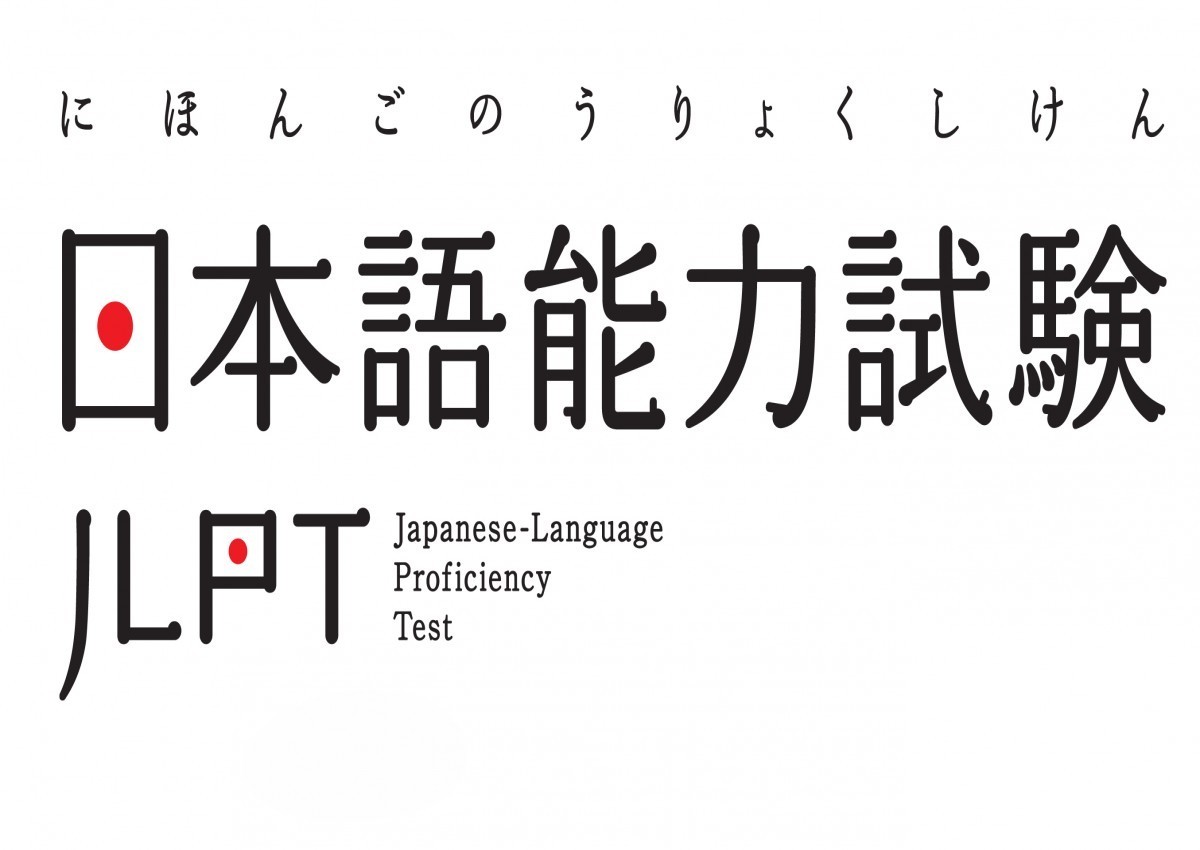15 Jan
"Acing the Listening Section: Tips and Resources for JLPT Candidates
Title: "Acing the Listening Section: Tips and Resources for JLPT Candidates"
Mastering the listening section of the Japanese Language Proficiency Test (JLPT) is a crucial aspect of achieving success in this comprehensive examination. In this guide, we'll explore valuable tips and resources tailored to help JLPT candidates navigate the intricacies of the listening section while enhancing their overall Japanese language skills.
## Understanding the Significance of the Listening Section
The listening section evaluates a candidate's ability to comprehend spoken Japanese in various contexts. From everyday conversations to more complex scenarios, this section assesses not only listening skills but also the capacity to understand nuances in tone, formality, and context.
## **Tips for Excelling in the Listening Section**
### 1. **Regular Listening Practice:**
Make listening practice a consistent part of your daily routine. Engage with a variety of Japanese audio materials, such as podcasts, dramas, and news segments, to expose yourself to different accents, speeds, and styles of speech.
### 2. **Use JLPT-Style Listening Resources:**
Acquaint yourself with the specific format and question types found in the JLPT listening section. Utilize official JLPT practice exams and listening materials designed for each level to familiarize yourself with the test structure and refine your skills accordingly.
### 3. **Simulate Exam Conditions:**
Practice listening under exam conditions to replicate the test environment. Set aside dedicated time for focused listening sessions with no interruptions. Mimicking the actual testing conditions enhances your ability to concentrate and respond effectively.
### 4. **Diversify Listening Content:**
Explore a range of listening materials, including various accents, speeds, and settings. This diversification prepares you for the eclectic mix of scenarios presented in the JLPT listening section, where you may encounter different speakers and conversational contexts.
### 5. **Active Note-Taking:**
Develop effective note-taking strategies while listening. Focus on key details, keywords, and main ideas. This skill is particularly important for answering questions accurately, as you can refer back to your notes during the test.
### 6. **Immerse Yourself in Japanese Media:**
Immerse yourself in Japanese media, including movies, TV shows, and online content. Exposure to authentic spoken Japanese outside of the JLPT context enhances your overall language proficiency and listening comprehension.
### 7. **Language Exchange and Conversation Practice:**
Engage in language exchange or conversation practice with native speakers. Conversing in real-time improves your ability to understand spoken Japanese, especially informal expressions and colloquialisms.
## **Resources Tailored for JLPT Listening Practice**
### 1. **Official JLPT Practice Materials:**
Access official JLPT practice exams and listening materials provided by the Japan Foundation. These materials closely mirror the format and difficulty levels of the actual test.
### 2. **Online Platforms and Apps:**
Explore language learning apps and online platforms that offer JLPT-specific listening practice. Many apps provide exercises tailored to each JLPT level, enabling you to focus on your specific proficiency tier.
### 3. **Japanese Podcasts:**
Listen to Japanese podcasts covering a range of topics and difficulty levels. Podcasts often feature natural conversations and diverse speakers, contributing to a well-rounded listening experience.
### 4. **News and Radio Programs:**
Tune in to Japanese news broadcasts and radio programs. These sources provide exposure to formal language, various accents, and a wide range of topics, contributing to your overall listening proficiency.
### 5. **JLPT Preparation Courses:**
Enroll in JLPT preparation courses that include dedicated listening practice sessions. Many language schools and online platforms offer structured courses designed to enhance your performance in each section of the exam.
## **Conclusion**
Acing the listening section of the JLPT requires a combination of regular practice, exposure to diverse listening materials, and familiarity with the specific format of the test. By incorporating these tips and utilizing tailored resources, you can confidently approach the listening section, enhancing your overall proficiency in the Japanese language and increasing your chances of success on the JLPT exam. Happy listening and studying!










